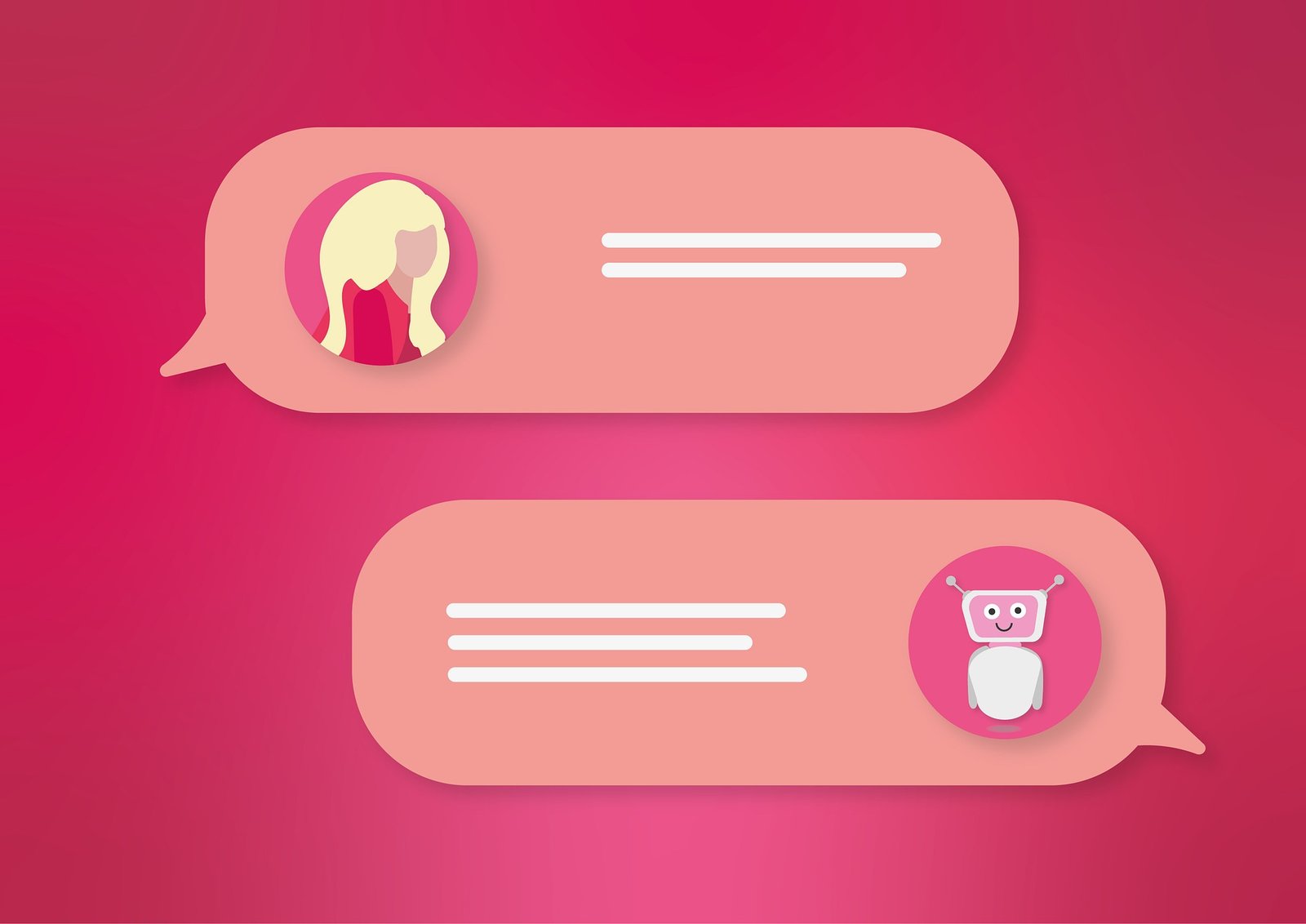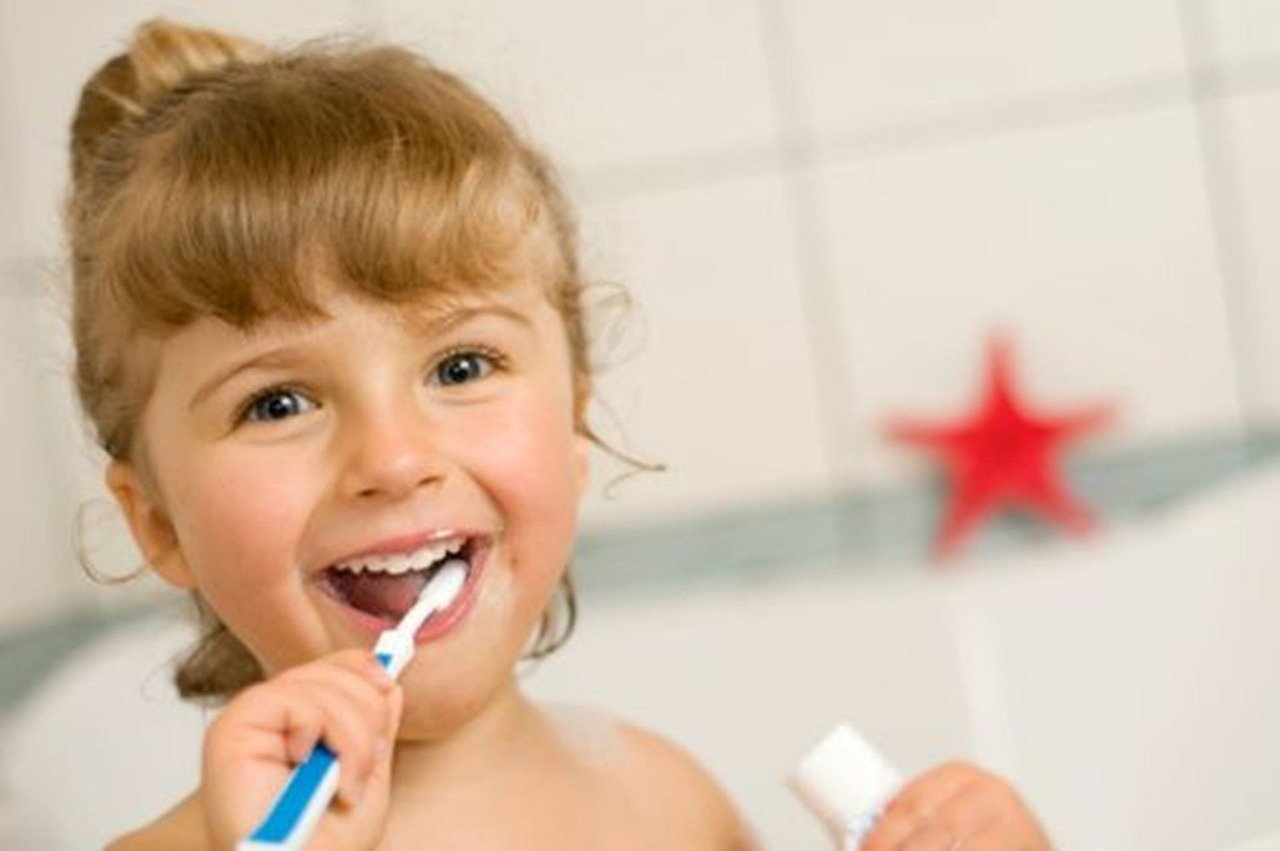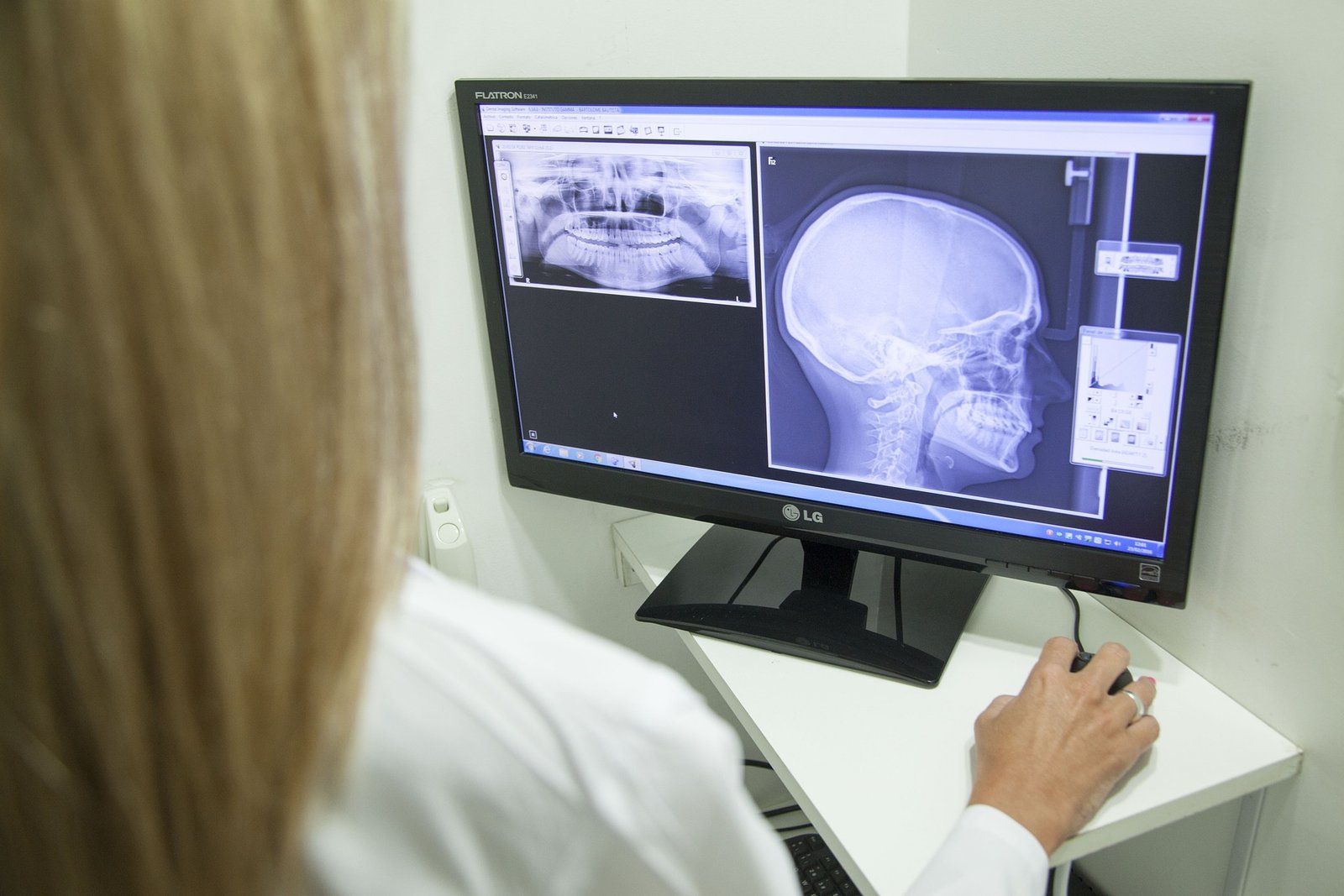What is ChatGPT?
Technologies like 5G internet, artificial intelligence, and the most recent innovation, the ChatGPT (Chat Generative pre-trained transformer), are all developing at a very fast pace. In November 2022, OpenAI released ChatGPT, an artificial intelligence (AI) chatbot. It has been fine-tuned (a method of transfer learning) using both supervised and reinforcement learning techniques and is built on top of OpenAI’s GPT-3.5 and GPT-4 foundational large language models (LLMs).
Although the currently available chatbots have advanced significantly, they are still limited in their capacity to respond to questions. ChatGPT is a much more reliable and effective tool. It wasn’t specifically created with customer service in mind. Developers trained it to mimic human conversation using machine learning and enormous amounts of textual data. The chatbot can write essays, songs, and even code in addition to responding to your questions. It can also make use of knowledge from a wide range of fields, including psychology, history, and mathematics.
In contrast to Google or Alexa, ChatGPT does not conduct an internet search to respond. Instead, the output is produced after the input has been processed by a “Generative Pre-trained Transformer” (GPT) model. The information sources used by ChatGPT to create a given response cannot be tracked back.
Impact of ChatGPT on dental practice
Similar to many other scientific fields, dentistry is rapidly evolving due to the much-needed innovations and refinements of the most up-to-date techniques and armamentarium for the benefit of those treating (the dentists) and those being treated (the patients). For the majority of these technologies, such as automated diagnostics, treatments, disease prediction, and prognosis, artificial intelligence (AI) may be a key element or guiding principle.
ChatGPT is a very large language model that responds to natural language queries with responses that resemble those of a human using deep learning AI techniques. Education, healthcare professionals, and even patients can all benefit from the many services that ChatGPT can offer. When used as a teaching tool, it has the potential to completely transform how students learn biomedical science by providing guidance and tutoring for their academic work, for example, by responding to their questions and outlining specifics to help them understand complex concepts.
ChatGPT can provide healthcare professionals in dentistry and healthcare with a variety of services, including better diagnosis, decision-supporting tools, digital data recording, image analysis, disease prevention, disease treatment, fewer treatment errors, and enabling exploration and research.
ChatGPT is incredibly beneficial for patients because it can respond to medical queries, particularly for those undergoing surgical procedures. It can help educate patients before and after surgery and give them a realistic expectations for how the procedure will go. By increasing patient empowerment and independence, service effectiveness and safety, sustainability, expanding access to and the quality of care, or empowering and enabling patients, these ChatGPT applications should demonstrate a significant benefit in health care and dentistry.
There are some potentially useful applications of ChatGPT in the field of dentistry that includes
- Diagnosis of diseases: Using AI applications, some medical professionals have already started to get second opinions on disease diagnoses. These tools can aid a dentist in confirming their working diagnosis while offering alternatives, and ruling out particular scenarios due to their capacity to access and analyze millions of data sources in a matter of seconds.
2. Tele-consultation: The telehealth industry, which has grown since the pandemic began, is also significantly impacted by ChatGPT. ChatGPT and similar applications can help simplify the telehealth experience by utilizing multiple data sources and utilizing its diagnostic tools. AI-powered applications can help your practice deliver a more complete and effective dental visit experience, from scheduling virtual visits to addressing frequent questions to assisting in diagnosis.
You can increase both your patient pool and your service area by expanding your telehealth options. Additionally, telehealth enables you to offer care to underserved communities where transportation may be a problem.
- Administrative works: ChatGPT can manage some administrative duties, like scheduling. There are already a ton of online tutorials on using ChatGPT to quickly build the best schedules using the real data you provide. In addition, it can be used to enhance the patient experience by more efficiently responding to frequently asked dental questions on a mobile app or kiosk in the waiting area.
4. Content marketing: The use of content marketing is effective. You can develop brand awareness, demonstrate your expertise, draw in new clients, and keep your current ones happy by producing pertinent and interesting content that you share with the public. However, managing a dental practice leaves little time for producing insightful articles about dental trends or even novel practices.
Concerns and limitations of ChatGPT
While ChatGPT is far more adept at using human language than other chatbots, it still has some significant drawbacks. Although many medical professionals, including dentists, have begun using ChatGPT as a second opinion option when formulating diagnoses, there are concerns about the accuracy of this AI (artificial intelligence) tool. Is it worthwhile to rely on the patients’ treatment when making a diagnosis? What are the alternatives if ChatGPT and the dental experts disagree with each other? The questions are many.
Even though AI tools, like ChatGPT, are very powerful, they still have a high error rate. The front desk staff in your business cannot be replaced at this time by any of the commercially available applications. However, as they develop along with us daily, they will probably offer a more useful tool that you can use for everyday tasks, freeing up your frontline staff to take part in more strategic revenue-generating activities.
Conclusion
Before speaking with a healthcare provider, patients are becoming more educated. They may Google their questions or ask Alexa for an immediate response. This is also true of ChatGPT, but it does so in a completely different way.
The most recent AI-based technology that will assist dental professionals and oral medicine to advance through medical technology is ChatGPT, which is a result of the rapid advancement in science and technology. With greater precision, fewer mistakes, and a staffing requirement of less, AI is revolutionizing dentistry. In the dental office, AI can help with appointment scheduling, clinical diagnosis, and treatment planning, among other tasks.
In identifying and categorizing malocclusion in orthodontics, AI has already demonstrated high accuracy, sensitivity, specificity, and precision. In addition, AI can automatically categorize dental restorations on panoramic radiographs and identify abnormalities in the mouth, teeth, and maxillofacial regions, such as bony lesions, periodontal disease, and facial deformities.
By utilizing cutting-edge dental technologies like medical robots and specialized AI, this new era, known as Dentronics, has the potential to significantly improve reliability, reproducibility, accuracy, and efficiency in dentistry. Dentronics may also improve risk-assessment techniques, diagnoses, and disease prediction, as well as improve the effectiveness of therapeutic interventions.







